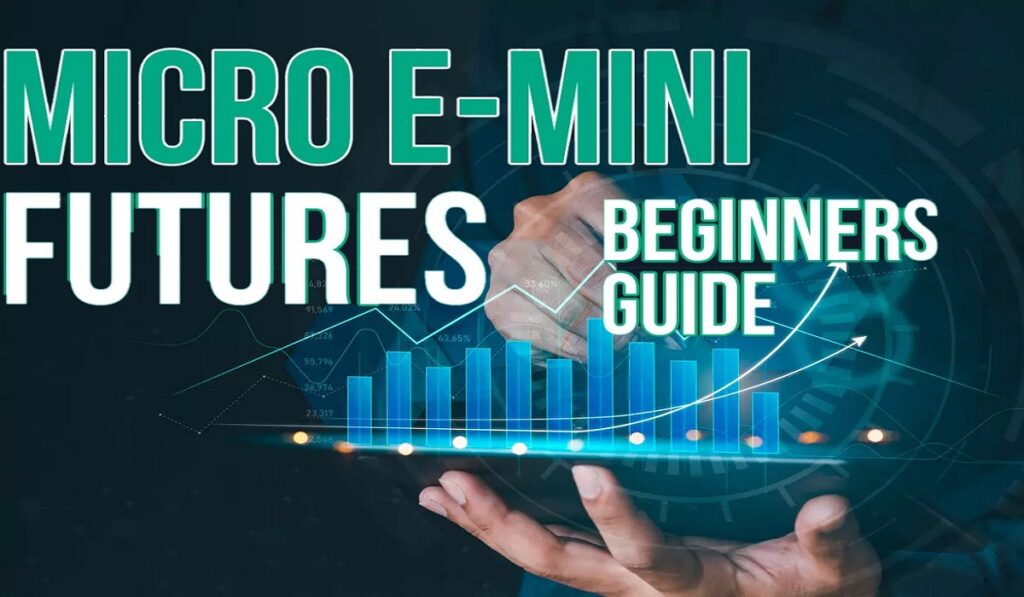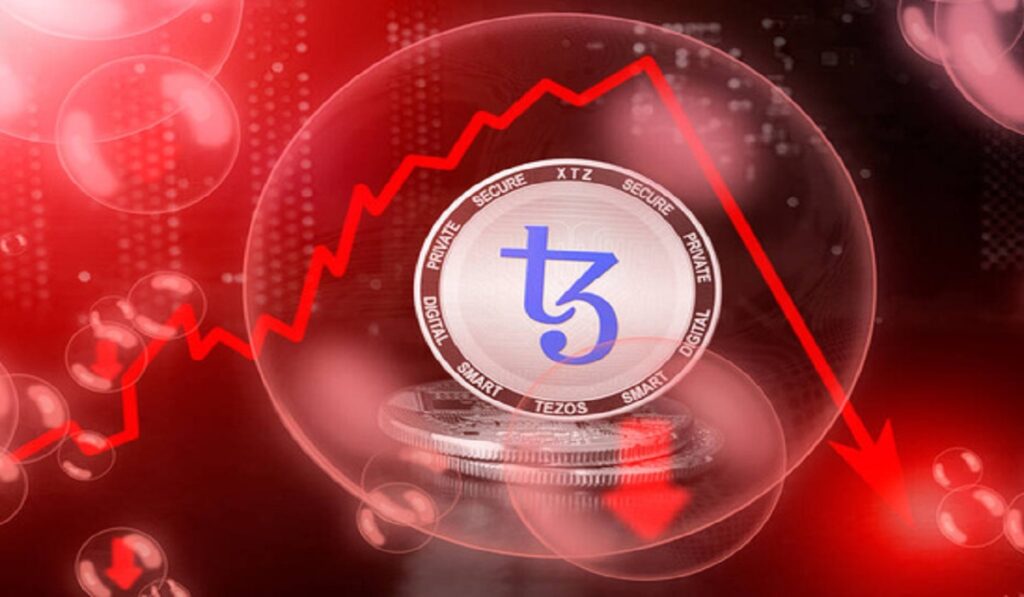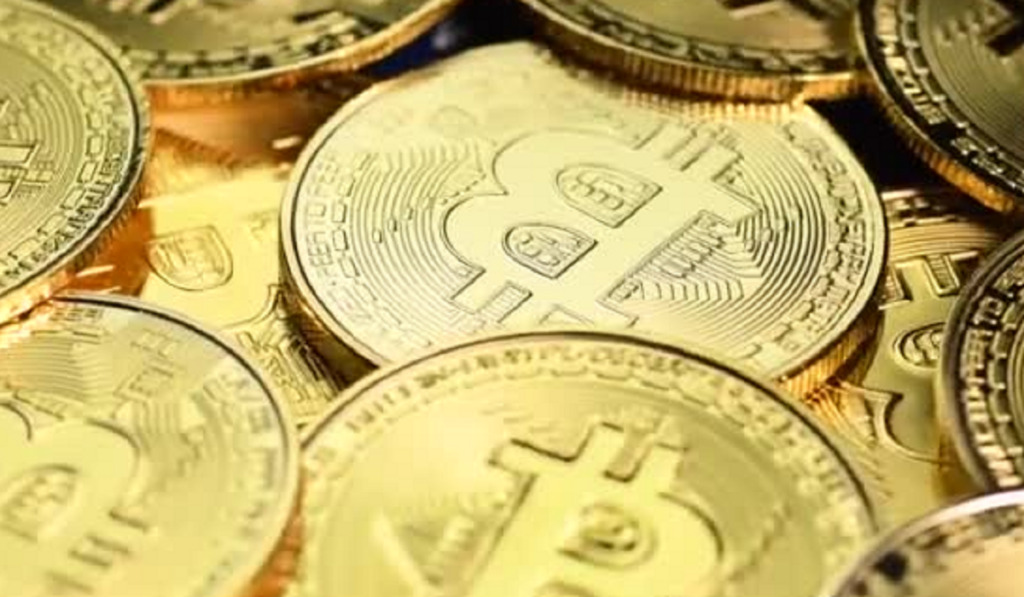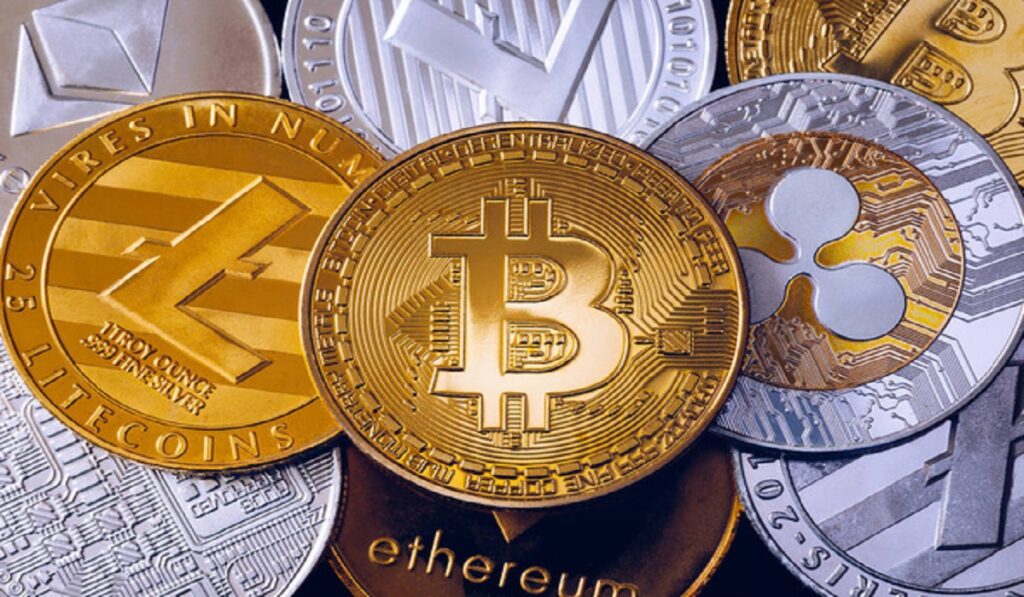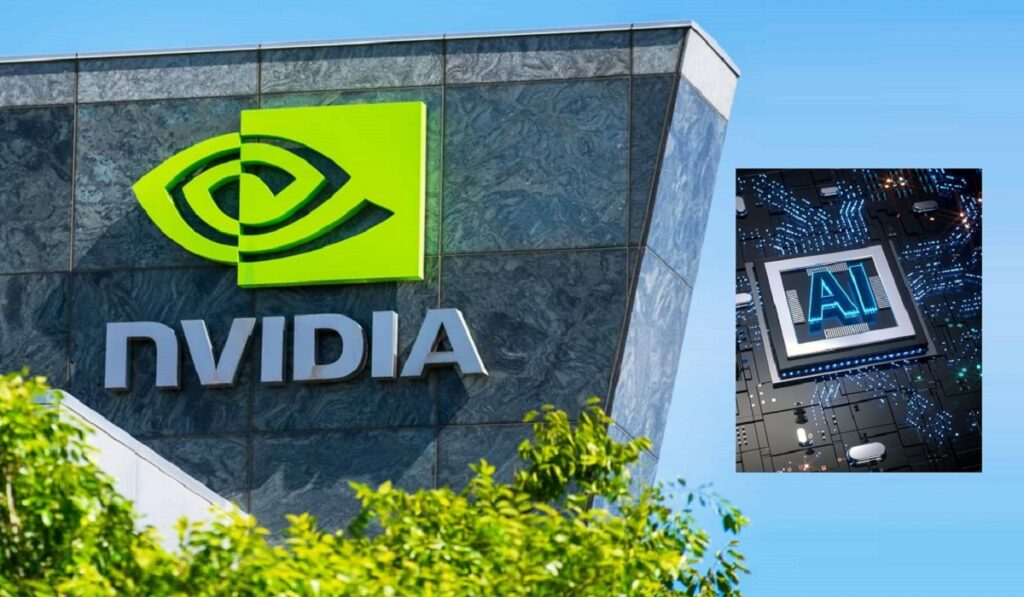Bitcoin, Ethereum and other digital currency have seen increasing use as alternative asset classes in...
New investment instruments and trading options are always emerging in the world of finance. Micro E-Mini...
Stablecoins have emerged as an exciting development in cryptocurrency, promising to address some of the...
Tezos (XTZ), in an ever-evolving crypto world, has quickly made waves as an innovative blockchain...
Bitcoin, the world’s leading cryptocurrency, has produced a wave of millionaires since it first hit...
Trading Dow Jones Index Futures offers an opportunity for traders to participate in the performance...
Individuals face the difficult decision of where and how best to invest their hard-earned funds,...
ICON is a platform designed to facilitate seamless interaction among independent blockchain networks or communities,...
Over time, inflation, or the steady increase in prices of goods and services, can compromise...
In today’s world, credit cards are an indispensable financial tool. Credit cards are popular because they...
Cryptocurrency has captured the interest of teens globally in this digital era. While cryptocurrency offers...
At present, inflationary trends are dramatically driving up the cost of buying and owning new...
Cash accounts and margin accounts are two primary types of brokerage accounts that investors use...
Short selling has gained increasing prominence due to both its potential gains and risks. Also...
Understanding the difference between long and short positions is paramount to successful investing. Investors use...
The stock market is an ever-evolving financial ecosystem that often results in unpredictable stock price...
Dealer financing (also referred to as dealership or auto finance) enables people to purchase cars...
How you pay for your vehicle can have long-term impacts on your budget and lifestyle....
Registered Investment Advisors (RIAs), financial professionals who help individuals make sound investment decisions with personalized...
Make wise financial decisions is vital in reaching both short- and long-term financial goals, and...
Establishing a solid financial future is integral to leading an enjoyable life. Setting clear financial...
Fraud against consumers is an issue which affects many individuals and companies around the world. This...
Credit cards offer a convenient way to make purchases, but they also come with hidden...
In recent years, debt consolidation has become a popular financial strategy as people seek to...
Understanding Loan TypesLoans are essential tools in the world of finance for both individuals and...
Skilful investing is one of the key ways to take full advantage of opportunities and...
Nvidia Corporation, an industry pioneer in AI technologies, made headlines recently when they unveiled the...
FinTech (Financial Technology) has quickly emerged as a force within finance and beyond, quickly changing...
Cash Management Accounts (CMA) & Brokerage Accounts are two of the most popular types of...
Money Market Accounts and Money Market Funds are popular short-term investment options. Money Market Accounts can...


